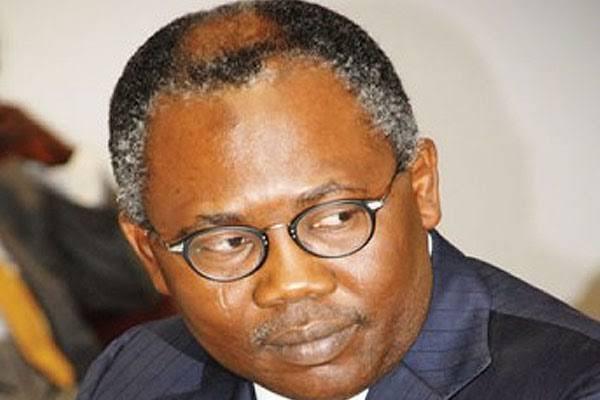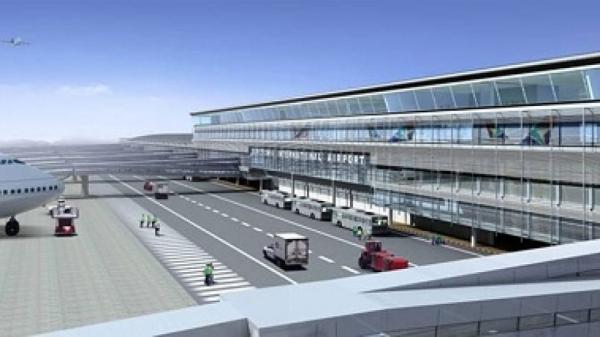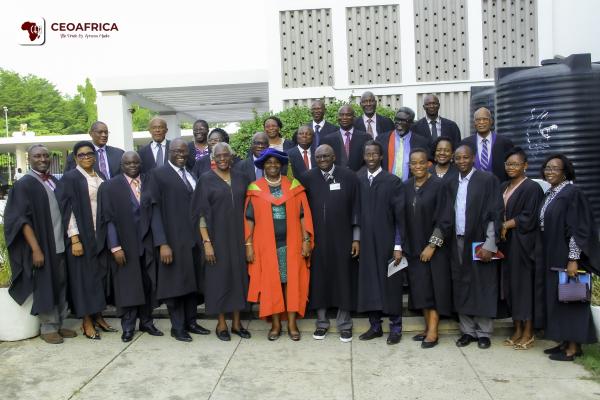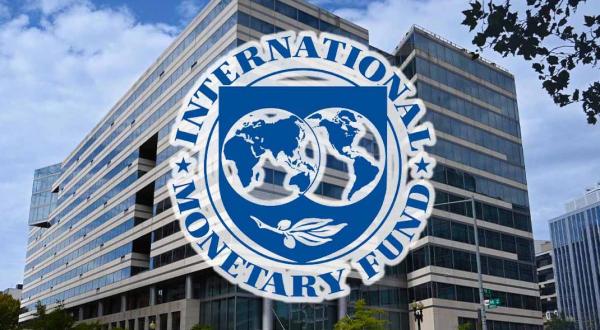
The mining and gas, and construction sectors were the biggest contributors to Tanzania’s economic growth in the third quarter of last year.
According to data from Tanzania’s National Bureau of Statistics released last Monday, the economy grew 6.8 per cent year-on-year in the third quarter compared with 6.2 per cent in the same period in 2016.
The construction sector recorded 10 per cent growth from $606.5 million in 2016 to $672.9 million in 2017, as a result of infrastructure projects, including new roads and the standard gauge railway.
“The economic activities that increased at significant rates were mining and quarry at 20.8 per cent, water supply at 19.1 per cent, information and communication at 13.4 per cent, transport at 13 per cent and manufacturing at 12.4 per cent,” the statistics agency said in a statement.
The move by the government last year to change mining laws and review its agreements with miners led to the growth in mining and quarry, which netted $216.6 million, up from $179.3 million in 2016.
Diamond output
In the period under review, diamond output nearly doubled to 88,943 carats, compared with 47,586 carats in the corresponding period in 2016, due to growth in mining activities, even after the country’s largest diamond miner Petra suspended operations at the end of the quarter.
Petra Mining in September suspended operations at one of its mines after running afoul of President John Magufuli’s administration. The firm’s diamonds were seized on allegations of under-declaring mineral exports. Petra was the second firm after Acacia Mining, a gold miner to have its minerals seized.
Gas discoveries
Coal production rose to 129,781 tonnes, from 68,302 tonnes, attributed to the government’s ban on imports.
Despite being years way from the major exports of its big gas discoveries offshore, the country’s production increased to meet the rising demand for gas for power generation, which consumes up to 13 million cubic feet per day.
The country boasts over 57 trillion cubic feet (tcf) of natural gas, but is still struggling with power shortages, due to its reliance on hydropower dams for about one-third of its 1,570MW installed capacity.
In its 2025 Industrialisation Plan, Dar es Salaam will add about 2,000MW in gas-fired generation at the end of this year.
The country’s agricultural sector grew by 3.6 per cent to $991.7 million in the third quarter of 2017, up from $956.3 million in the same quarter in 2016. This was as a result of good harvests of cereals and other crops on account of favourable weather the second season and an increase in fisheries output.
Value-added activity in the manufacturing sector earned the country $426.18 million, attributed to an increase in production of food, cement, chemicals and machinery.
In Kenya, almost all the sectors of the economy recorded negative growth due to drought and a prolonged electioneering period.
The 4.4 per cent growth recorded in Quarter three was the slowest in five years, mainly attributed to suppressed performance of the agriculture, manufacturing, mining, hospitality and finance sectors.
The financial and insurance sectors recorded the largest drop, from 7.1 per cent in the third quarter of 2016 to 2.4 per cent in the period under review.
It is understood that some investors delayed decisions after the Supreme Court nullified the results of the August 8 presidential election, hitting the country’s financial sector hardest.
“The delayed investment decisions and a drop in credit growth to the private sector made these two sectors take a hit,” said Stanbic’s economist for East Africa Jibran Qureishi.
But some sectors such as real estate, public administration and information and communications bucked the trend to record accelerated growth.
Projections
In January, Kenya lowered its economic outlook for the third time in four months to 4.8 per cent, citing uncertainty associated with the 2017 elections coupled with the effects of adverse weather.
In the period under review, the country saw its overall inflation decline to 7.5 per cent, from 10.8 per cent in the second quarter, on account of a drop in food inflation, largely driven by declining prices of key food items following improved weather conditions and government interventions.
“We now expect the country’s growth to be on a positive trajectory as a result of positive fiscal policies.
“We should also expect improved agricultural yields on the back of good rains to continue increasing export inflows and reducing the country’s current account balance,” said Kenya’s Central Bank Governor Patrick Njoroge at a recent briefing.
The country’s current account balance stood at a $1.4 billion deficit, from a $1.3 billion deficit in the second quarter of 2017 — reflecting a worsening trade balance.
Kenya’s public and publicly guaranteed debt increased moderately at 1.8 per cent in the first quarter of the financial year 2017/18, on account of $649 million increase in domestic debt during the quarter.






















